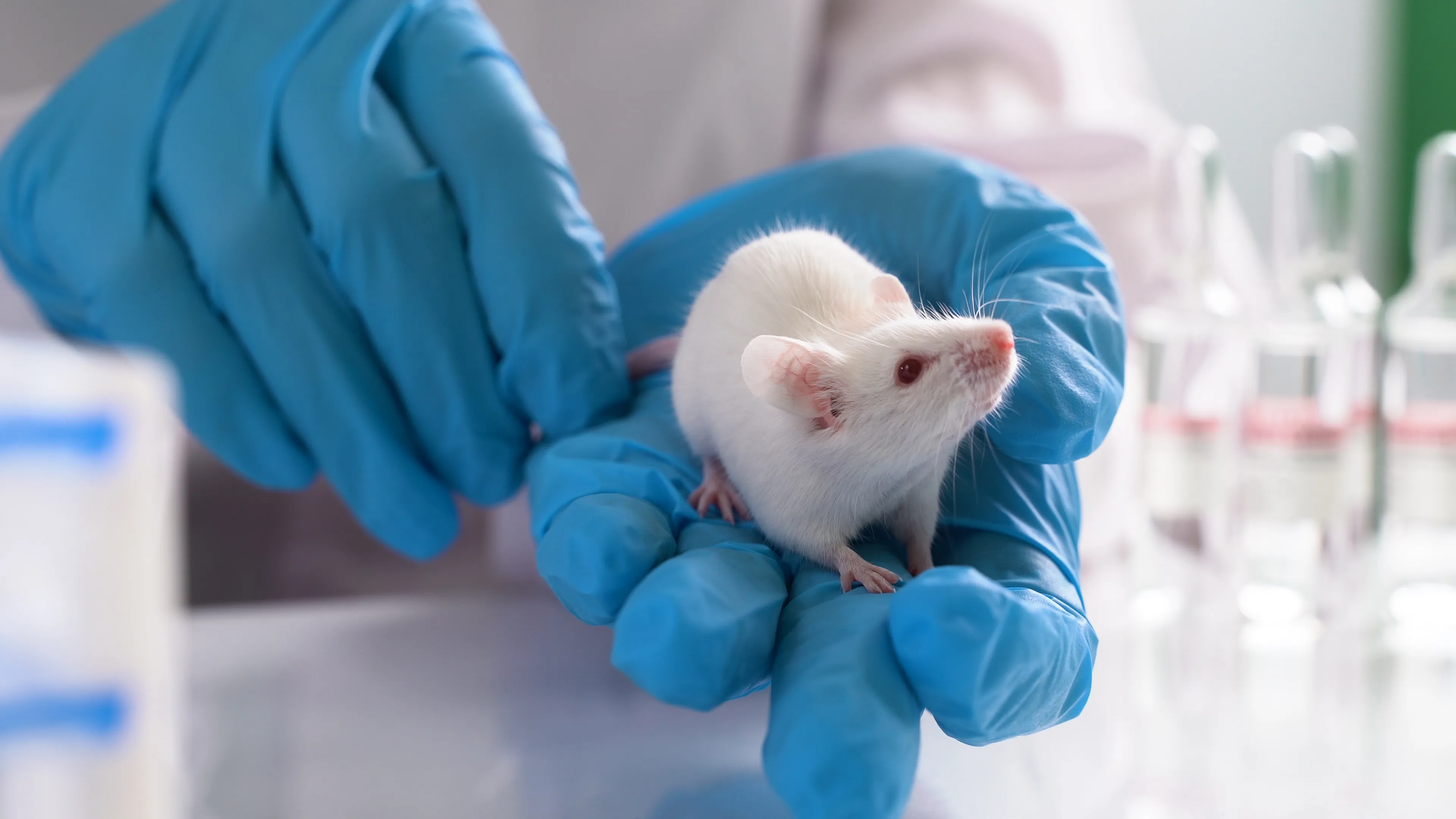Research: Mice Made Transparent to Study Live Organ Functionality

Research Methodology for Creating Transparent Mice
Researchers employ a simple technique involving the application of common yellow food dye onto the skin of mice, rendering them temporarily transparent. The transformation offers a unique opportunity to witness internal organ activities as the mice engage in their normal behaviors.
Mechanism of Transparency
The process draws parallels to how light interacts with carbonated water, facilitating the mice’s unique visibility while still retaining some skin opacity. This allows for observation of blood vessels and organ systems in a living state.
Implications for Future Research
This innovative approach opens the door for ongoing studies into how living organisms function internally. It is a step towards advanced diagnostics in human medicine, potentially allowing for non-invasive examinations.
This article was prepared using information from open sources in accordance with the principles of Ethical Policy. The editorial team is not responsible for absolute accuracy, as it relies on data from the sources referenced.